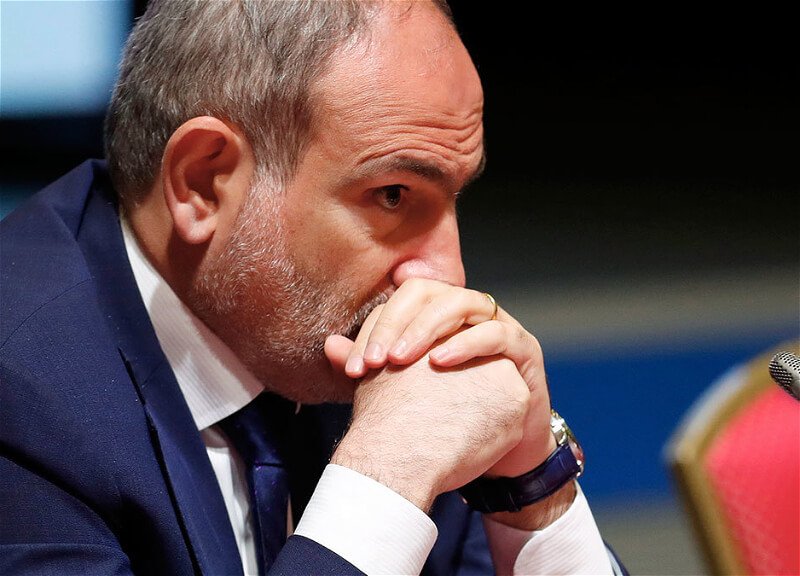Armenia stands at a historic crossroads as Prime Minister Nikol Pashinyan pursues a strategic “Western course”: rapprochement with the EU and US, alongside reducing Russia’s influence in national security. While pro-Western momentum grows internally, it also draws contentious reactions domestically and in Moscow. Recent surveys from both Armenian and Russian sources reveal divided public opinion.
Why the Tension?
Tensions escalated seven months ago following the 2020 Karabakh war. Armenia lost confidence in the Russian-led CSTO because it did not intervene, despite weapons deliveries via Iran. Armenia considered this inadequate protection, undermining trust in Moscow—even though Russia argued the conflict fell outside CSTO jurisdiction and international norms.
Russia retains economic leverage over Armenia through subsidized gas prices, labor remittances, and market dependence. A temporary halt of gas supplies by Gazprom Armenia on July 24 signaled ongoing pressure on Yerevan.
Concrete Moves Along the Western Path
-
On January 14, 2025, Armenia signed a “Strategic Partnership Charter” with the US covering defense, democracy, economy, and cybersecurity.
-
In March 2025, Armenia’s parliament voted to pursue EU membership—preparing for referendum and reforms.
-
From 2025, Russia-supporting border checkpoints with Iran and Turkey were transferred to Armenian control.
-
A new pro-EU Democratic Party (Meritocratic Party) entered Armenia’s political landscape advocating modernization and systemic reform.
Public Sentiment & Russian Reaction
-
July 2024 Gallup data: 56.7% support Armenia’s EU membership. An October 2024 IRI poll showed 58% would vote yes in a referendum, and today 60% trust the EU—higher than any other international institution.
-
Only 31% view Armenia’s relationship with Russia positively. About 20% favor a exclusively pro-Western path, another 20% advocate a hybrid approach. Roughly 28.8% would support leaving the Eurasian Economic Union (EAEU).
Russian officials and media have framed Armenia’s shift as threatening to national interests, warning of significant GDP loss (30–40%), reduced remittances, and economic fallout upon leaving the EAEU. Critics argue instability could arise if Azerbaijan-Armenia rapprochement proceeds without Moscow’s involvement.
Western Outlook: Pros, Cons, and Trade-offs
Armenia is striving for economic diversification—seeking to serve as an IT hub with projects involving Amazon, Google, Nvidia—and strengthening sovereignty through infrastructure and border control reforms. U.S. Ambassador Edward Jeregyan emphasizes the importance of a multivector foreign policy, warning that an exclusive pivot to the West risks instability.
In Gyumri, protests planned for August 23 demand withdrawal of Russia’s 102nd military base—symbolic of Armenian rejection of foreign influence.
Three strategic paths emerge:
-
Multivector diplomacy: balanced cooperation with West, Iran, and India—offers growth potential but risks Russian retaliation.
-
Full Western alignment (exit from CSTO, EAEU): grants independence but risks energy, labor, and credibility challenges.
-
Gradual transition: cautious rapprochement with the West while maintaining some ties to Russia—avoids shocks but limits reform speed.
Final Word
Armenia’s Western turn is driven by eroded trust in Russia and a need for secure sovereignty. Popular support for EU alignment is robust, yet public readiness for total detachment from Russia remains limited.
Pashinyan aims to walk a middle path: neither rejecting Russia outright nor entirely relying on it. Referendums, public activism, and defense restructuring may mark the transition. Though complex and fraught with geopolitical risk, this pivot offers Armenia a chance for long-term strategic autonomy and sustainable development.



